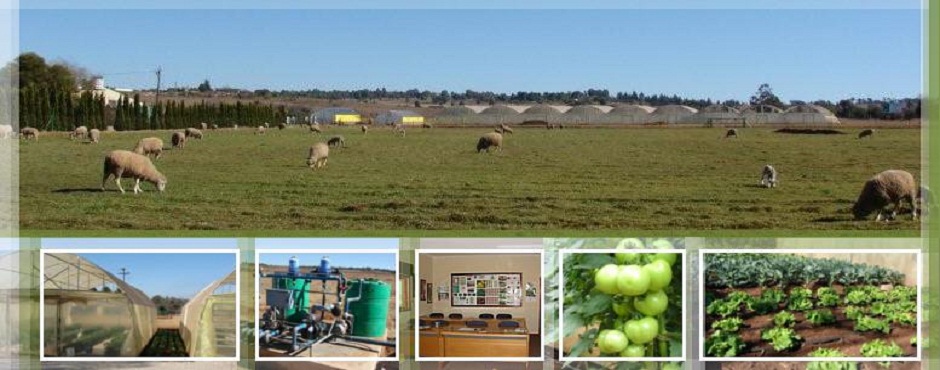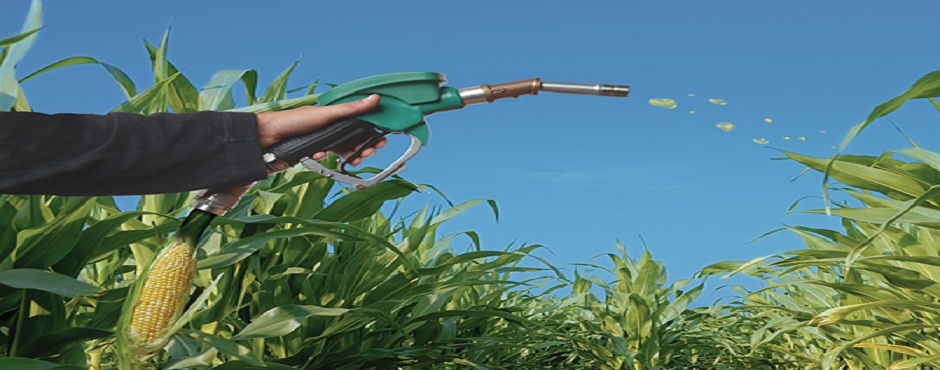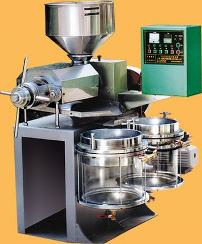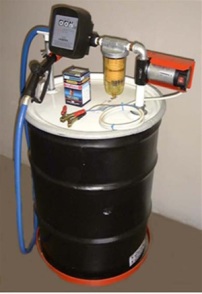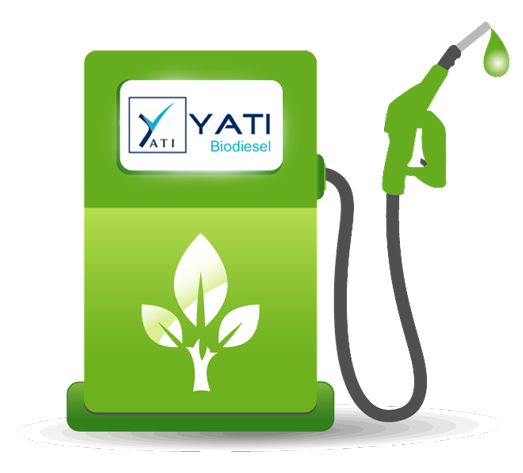Introduction to Biodiesel
Biodiesel is methyl (ethyl) ester derived from esterification of vegetable oils: methanol (ethanol) is added to vegetable oil in ratio 1:9 together with small amount of base or acidic catalyst, than the mix is processed in cavitation reactor. The output products of such reaction are biodiesel and technical glycerol. Both products have high commodity cost and wide seller's market. Furthermore glycerol is the excellent high-energy fuel for heating boilers.
For production of biodiesel any kind of vegetable oils can be used – sunflower oil, rapeseed oil, linseed oil etc. However biodiesel derived from various oils has some differences. For example, palm oil biodiesel has the highest caloricity, but also the highest temperature of filterability and solidification. Rapeseed biodiesel has lower caloricity, but is more cold-resistant, that is why it is more suitable for European countries and Russia.
For fueling a vehicle one can use pure biodiesel (B100) or add it to diesel fuel (B5-B20). The most popular blend B20 consists of 20% biodiesel and 80% diesel fuel. Biodiesel has good lubricating properties; it eliminates petroleum products deposits on car engine parts. Added to diesel fuel biodiesel in creases its cetane number.
Biodiesel is environment-friendly, non-toxic and biodegradable fuel: in soil or water microorganisms decompose 99% biodiesel in 28 days. Biodiesel reduces toxic air pollutants (sulfur, lead, carbon monoxide), the exhaust has the smell of vegetable oil. High flash point (120-130°C) makes the new fuel more safety than its petroleum analogues.
The yield of biodiesel and glycerol from 1 ton vegetable oil, 111 kg alcohol and 12 kg catalyst is accordingly 970 kg (1100 liter) and 153 kg. As catalyst it is recommended to use kalium or natrium methoxide (methylate).
The treatment of 1 ton of oil using magnetic-impulse high-frequency cavitation method requires about 15 kW electric power, it is 5-7 times less then by "classic" technologies.
In our technologies the minimal volume of alcohol and catalyst is used (in accordance to esterification reaction – one mass fraction of alcohol to nine mass fractions of oil). We do not wash and dehydrate biodiesel and carry out the reaction for just one cycle (in "classic" technologies to derive quality biodiesel two cycles are needed).
Quality parameters of biodiesel produced in appliance confirm to EN14214 and the world biodiesel standards




